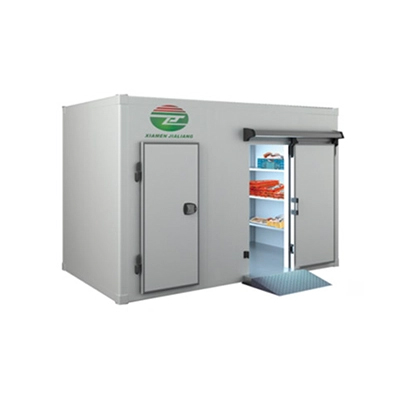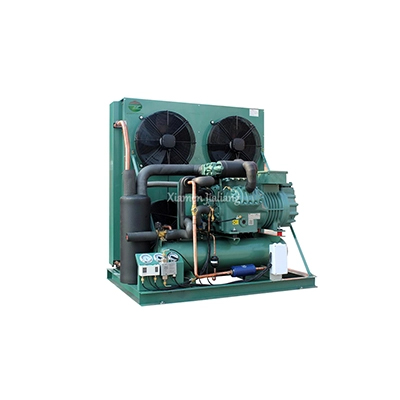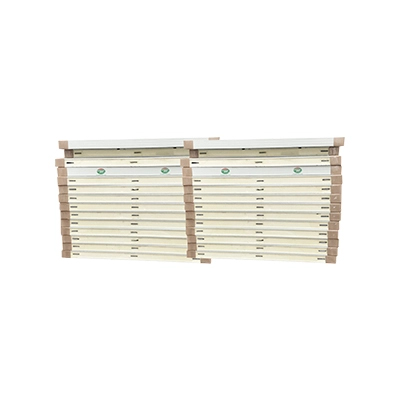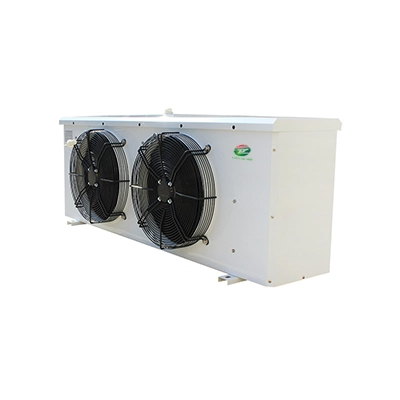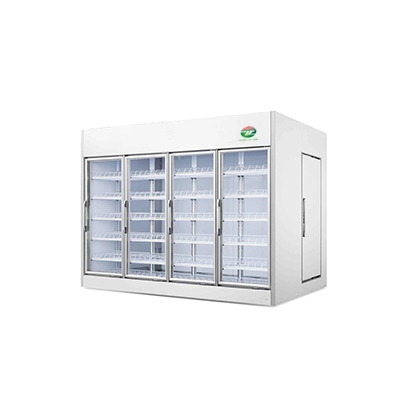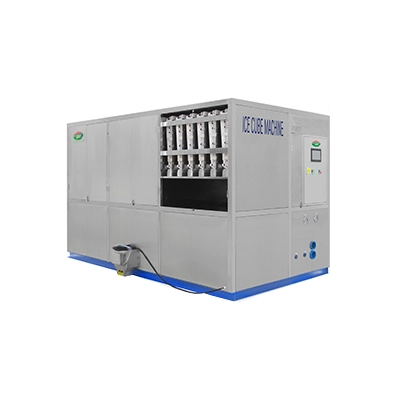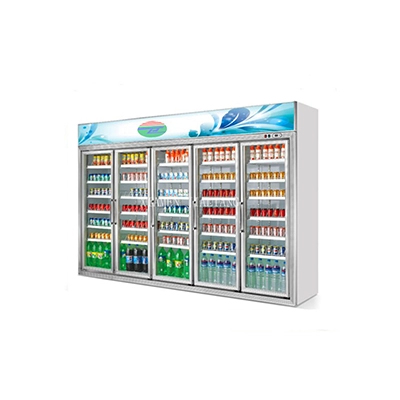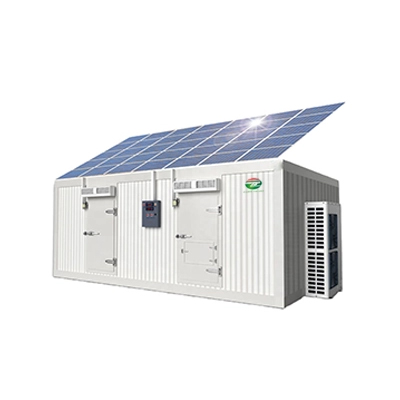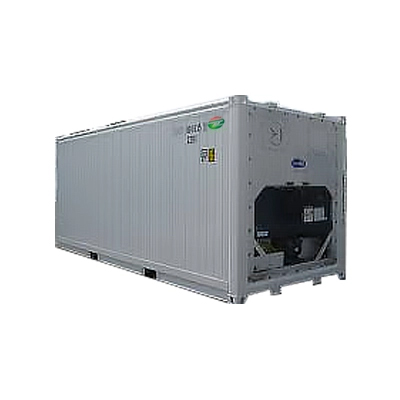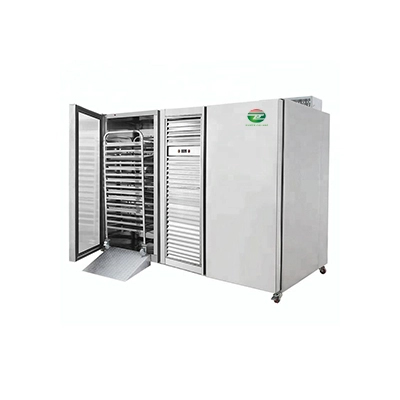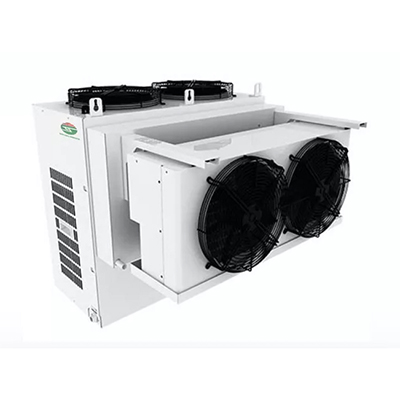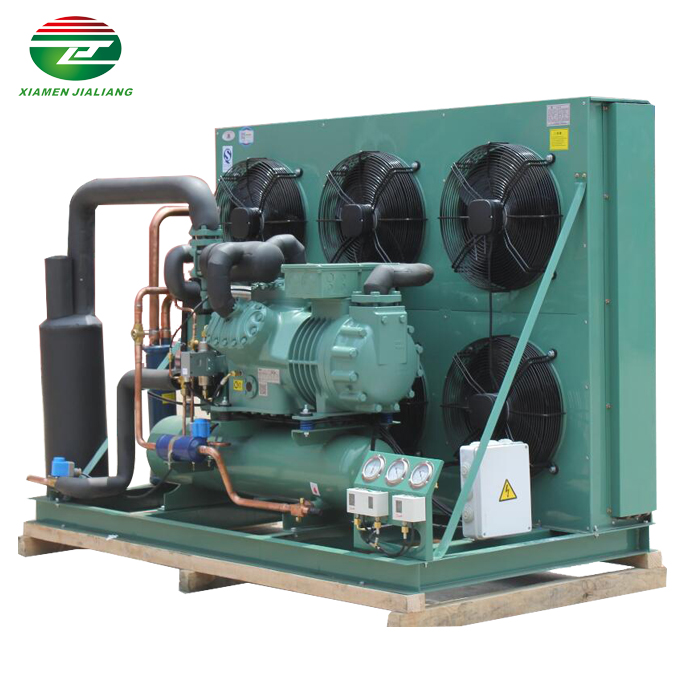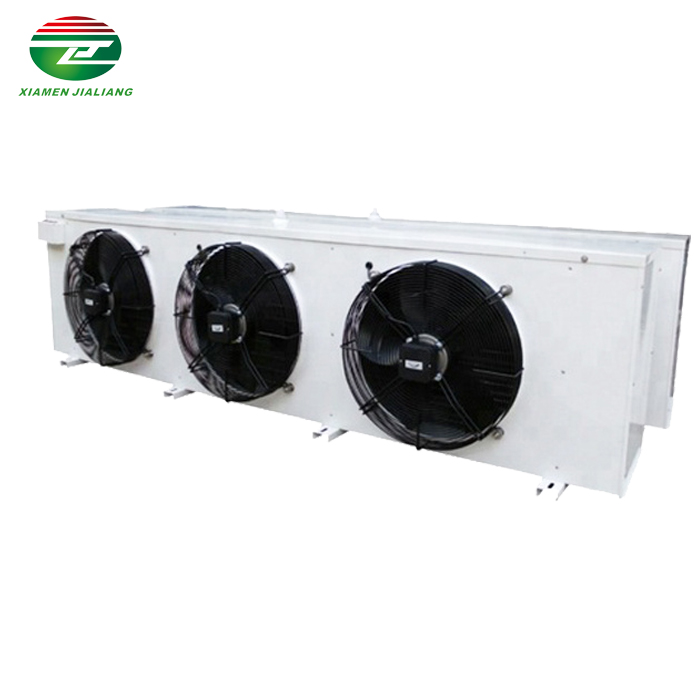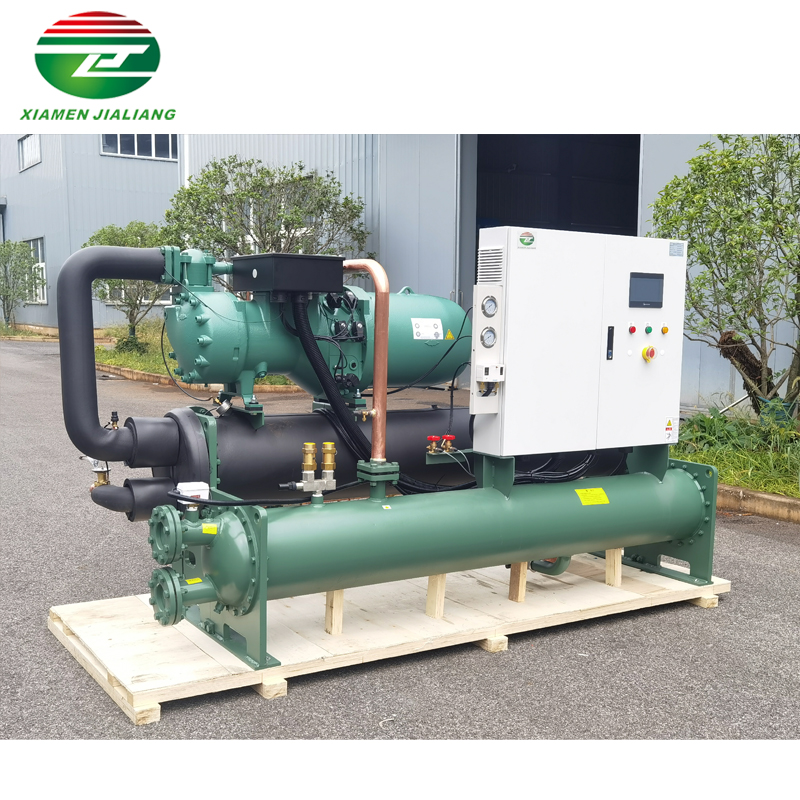Seafood Cold Storage: The Secret to Keeping Seafood Fresh

Seafood cold storage plays a vital role in keeping seafood fresh and extending its shelf life. By understanding the principles and best practices of seafood cold storage, businesses can maximize the quality and profitability of their seafood products. Whether it is for seafood suppliers seeking to meet customer demands or consumers desiring fresh and delicious seafood, investing in seafood cold storage is a secret that should not be overlooked.
Introduction
When it comes to preserving perishable goods, having a reliable cold room is of utmost importance. A cold room is a controlled environment specifically designed to maintain low temperatures, ensuring that items such as food, pharmaceuticals, and other temperature-sensitive products remain fresh and safe for consumption. This article will delve into the significance of cold rooms in various industries and highlight the key benefits they offer.
In the food industry, cold rooms play a crucial role in preserving the quality and extending the shelf life of perishable goods. From fresh produce to dairy products and meat, maintaining optimal temperature conditions is vital to prevent spoilage and bacterial growth. Cold rooms provide a controlled environment where these items can be stored at low temperatures, preventing the growth of harmful microorganisms and maintaining their freshness for an extended period.
Pharmaceutical companies also heavily rely on cold rooms to store medications, vaccines, and other temperature-sensitive drugs. Many medications require specific temperature ranges to remain effective and safe for consumption. Cold rooms offer the ideal solution by providing a consistent and controlled environment, ensuring that these pharmaceutical products are stored at the recommended temperatures. This helps to maintain their efficacy and prevent any potential harm to patients.
Moreover, cold rooms are not limited to the food and pharmaceutical industries. They are also extensively used in the hospitality sector, particularly in hotels and restaurants. Cold rooms allow establishments to store large quantities of food and beverages, ensuring that they are readily available whenever needed. This not only improves efficiency but also saves costs by reducing the need for frequent restocking.
Understanding Seafood Cold Storage
Seafood, being a highly perishable product, requires proper storage to maintain its freshness and quality. One effective method of ensuring the longevity of seafood is through cold storage. Cold storage refers to specialized rooms or facilities where seafood is stored at controlled temperatures to preserve its freshness and prevent spoilage.
A cold room, specifically designed for seafood storage, provides the optimal conditions required to extend the shelf life of seafood products. These rooms are equipped with temperature and humidity control systems to create an environment that mimics the natural habitat of seafood. The temperature in a cold room is typically set between -2 to 4 degrees Celsius, which slows down the spoilage process and inhibits the growth of bacteria and other microorganisms.
Maintaining the right temperature is crucial in seafood cold storage. Seafood products are highly sensitive to temperature fluctuations, and even slight variations can lead to spoilage. Cold rooms are equipped with reliable temperature monitoring systems that constantly regulate the temperature and ensure it remains within the desired range. This helps to preserve the taste, texture, and nutritional value of the seafood.
In addition to temperature control, cold rooms also provide proper ventilation and air circulation. This helps to remove excess moisture and prevent the buildup of odors, which can negatively affect the quality of seafood. The circulation of cool air helps to maintain a consistent temperature throughout the room, ensuring that all seafood products are equally preserved.
Furthermore, cold storage facilities follow strict hygiene and safety protocols to maintain the quality and integrity of the seafood. Regular cleaning and sanitization of the cold rooms prevent the growth of bacteria and mold, which can contaminate the seafood. Proper storage practices, such as organizing the products in a way that allows for easy inspection and rotation, are also implemented to ensure that the oldest seafood is used first.
Best Practices for Seafood Cold Storage
When it comes to seafood cold storage, there are several best practices that ensure the quality and freshness of the products. One of the key factors in maintaining the integrity of seafood is the temperature at which it is stored. A cold room specifically designed for seafood storage is essential in this regard.
A cold room provides the ideal environment for seafood storage, as it allows for precise temperature control. The temperature inside the cold room should be set between -1°F and 15°F to prevent the growth of bacteria and maintain the quality of the seafood. It is crucial to monitor the temperature regularly to ensure it remains within this range.
Proper packaging is another important aspect of seafood cold storage. Seafood should be packed in airtight containers or vacuum-sealed bags to prevent exposure to air and moisture, which can lead to spoilage. Packaging should be sturdy enough to protect the seafood from any potential damage during handling and transportation.
In addition to temperature and packaging, the cleanliness of the cold room is paramount. Regular cleaning and sanitization of the cold room help prevent the growth of bacteria and other contaminants. All surfaces, shelves, and equipment should be thoroughly cleaned using food-safe detergents and disinfectants. It is important to follow proper cleaning protocols to ensure the cold room is free from any potential sources of contamination.
Proper organization and storage practices also play a significant role in seafood cold storage. Seafood should be stored in a way that prevents cross-contamination. It is advisable to separate different types of seafood to avoid any potential flavor transfer or contamination. Additionally, seafood should be stored on elevated racks or shelves to allow for proper air circulation and prevent moisture buildup.
Regular inventory checks and rotation of stock are essential to ensure that the oldest seafood is used first. This practice helps maintain the freshness and quality of the seafood and reduces the risk of spoilage.
Advantages of Seafood Cold Storage
Seafood cold storage, also known as a cold room, offers several advantages for businesses in the seafood industry. This specialized storage facility is designed to maintain a low temperature, typically between 2 and 8 degrees Celsius, which is ideal for preserving the freshness and quality of seafood products.
One of the main advantages of seafood cold storage is that it helps to extend the shelf life of seafood. By storing seafood in a cold room, businesses can significantly prolong its freshness and prevent bacterial growth. This is particularly important for seafood products that have a short shelf life, such as fish and shellfish. Cold storage helps to slow down the natural deterioration process and maintain the quality of the seafood for a longer period of time.
Another advantage of seafood cold storage is that it allows businesses to stock up on seafood during peak seasons and store it for later use. This helps to ensure a continuous supply of seafood throughout the year, regardless of seasonal fluctuations in availability. By having a cold room, businesses can take advantage of favorable market conditions and stock up on seafood when prices are low, ensuring cost savings in the long run.
In addition to preserving freshness and ensuring a steady supply, seafood cold storage also plays a crucial role in maintaining food safety. The low temperature in the cold room inhibits the growth of harmful bacteria, such as Salmonella and Listeria, which are commonly found in seafood. This helps to minimize the risk of foodborne illnesses and ensures that the seafood is safe for consumption.
Furthermore, seafood cold storage helps businesses to reduce waste and minimize losses. By storing seafood in a controlled environment, businesses can better manage inventory and reduce the risk of spoilage. This not only saves money but also minimizes the environmental impact associated with food waste.
Conclusion
The article emphasizes the importance of cold rooms in various industries, such as the food, pharmaceutical, and hospitality sectors. Cold rooms are essential for preserving the quality and safety of perishable goods, extending their shelf life, and reducing waste. They provide a reliable solution for storing items at the optimal temperature, maintaining the integrity and freshness of products. In the seafood industry, cold rooms are especially crucial for preserving the freshness and quality of seafood products. By investing in reliable cold storage solutions, seafood businesses can extend the shelf life of their products and maintain customer satisfaction. Following best practices for seafood cold storage, such as temperature control, proper packaging, cleanliness, organization, and regular inventory checks, is essential for maintaining the quality and freshness of the products. Cold rooms offer numerous advantages for businesses in the seafood industry, including extending shelf life, ensuring a continuous supply, maintaining food safety, reducing waste, and increasing customer satisfaction. Overall, cold rooms play a vital role in various industries by providing the necessary storage conditions to preserve the quality and integrity of perishable goods.

